WooCommerce 10.2 Arrives September 16: A Simple Seller Guide
Exciting news for WooCommerce sellers! WooCommerce 10.2 is officially launching on September 16, 2025, introducing
Differences in platform requirements often lead to problems when you try to list Shopify products on Etsy, even when using an integration service! Issues such as listing errors, missing attributes, or incorrect category mapping may require manual adjustments. Additionally, keeping product details synced across both platforms can quickly become a tedious task.
This is where Product Profiling in CedCommerce’s Etsy Integration comes in. Profiling ensures your listings are accurate, complete, and compliant with Etsy’s requirements. Once set up, these rules apply automatically, making listing and syncing through the CedCommerce Etsy Integration efficient and seamless.
In this guide, you’ll learn how to list Shopify products on Etsy via Product Profiling in the Etsy Integration-CedCommerce. Discover how to simplify your workflow, save time, reduce errors, and streamline your Etsy store management.
Let’s dive in!
Before you sell Shopify products on Etsy, it’s important to understand how Etsy structures product details, categorizes products, and presents them to potential buyers!
A listing is a product entry on Etsy that includes key details such as:
If you manually create listings on Etsy, you need to input all product details individually, ensuring they meet Etsy’s format and guidelines. This process can be time-consuming and prone to errors, especially when managing multiple products.
With the Etsy Integration-CedCommerce, profiling enables accurate bulk listing by automating product data mapping. Instead of manually entering details for each product, the app imports Shopify product data and lets you apply and define rules to ensure seamless category mapping, attribute selection, and variant synchronization—reducing errors and saving time.
Profiling plays a crucial role in ensuring that your products are accurately listed, categorized, and optimized for Etsy’s marketplace. It helps you set up a structured framework to streamline bulk listings, reduce manual labor and errors, and improve discoverability.
In short, profiling transforms scattered product data into well-structured, high-performing Etsy listings, boosting their sales potential.
To start selling on Etsy with your Shopify store, follow these steps:
Once your Shopify store is connected to Etsy via the integration, the app ensures:
A well-optimized Etsy listing can significantly boost visibility and sales. Here’s why:
Hence, you can maximize their success on Etsy while saving time with automation by setting up correctly and optimizing listings from the start.
Profiling is a powerful feature within the Etsy Integration-CedCommerce app that enables sellers to sell Shopify products on Etsy in bulk while ensuring accuracy and compliance. Moreover, it helps you group products with shared attributes and apply Etsy-specific details to them instantly.
Once your products are imported into the app, begin by navigating to the profiling section and begin to create a profile by following these steps:
Additionally, you can effortlessly list and sell Shopify products on Etsy in bulk while maintaining accuracy, compliance, and enhanced search visibility on Etsy by using the Profiling feature within the Etsy Integration-CedCommerce.
You can improve visibility, conversions, and overall Etsy success by avoiding these mistakes!
Profiling is the backbone of seamless Shopify-to-Etsy selling. By grouping products, assigning the right categories, and mapping variations accurately, you can ensure error-free, optimized listings that boost visibility and conversions.
With Etsy Integration–CedCommerce, however, the entire listing and syncing process becomes effortless. From bulk listing to real-time inventory and price updates, the app eliminates manual work, reduces errors, and keeps your Etsy store in sync with Shopify.
Ready to simplify list and sell Shopify products on Etsy? Explore Etsy Integration–CedCommerce today and streamline your journey!

Exciting news for WooCommerce sellers! WooCommerce 10.2 is officially launching on September 16, 2025, introducing

Effective: September 30, 2025 (U.S. & Canada) Amazon is overhauling its inventory recovery programs. Starting
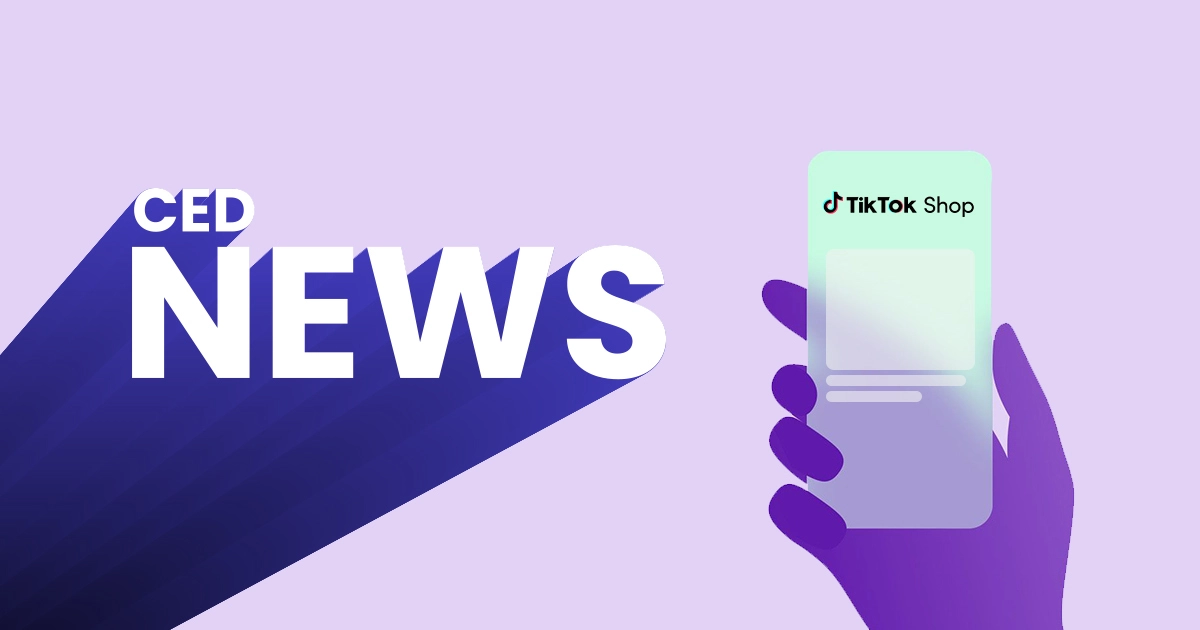
TikTok has rolled out a set of new support tools for TikTok Shop creators, aiming

Amazon has launched FBA Damaged Inventory Ownership, a program that lets sellers take direct control

Alibaba Group has unveiled a sweeping restructuring of its consumer-facing operations, merging Taobao, Tmall, Ele.me,
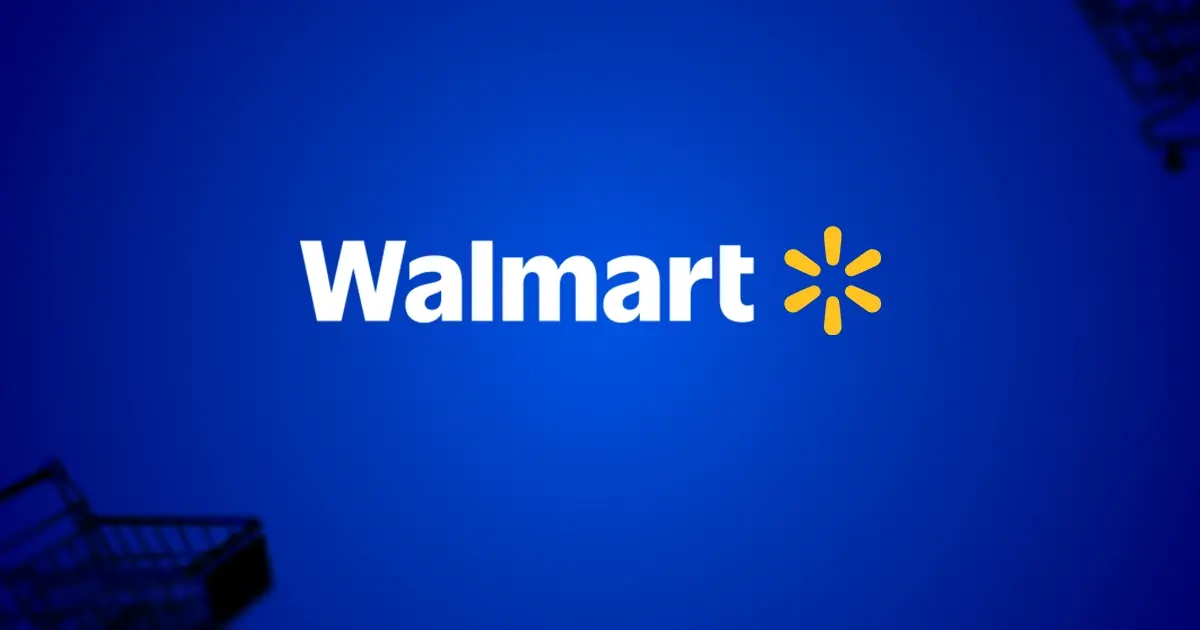
Walmart is ramping up its efforts to recruit merchants from the United Kingdom and continental
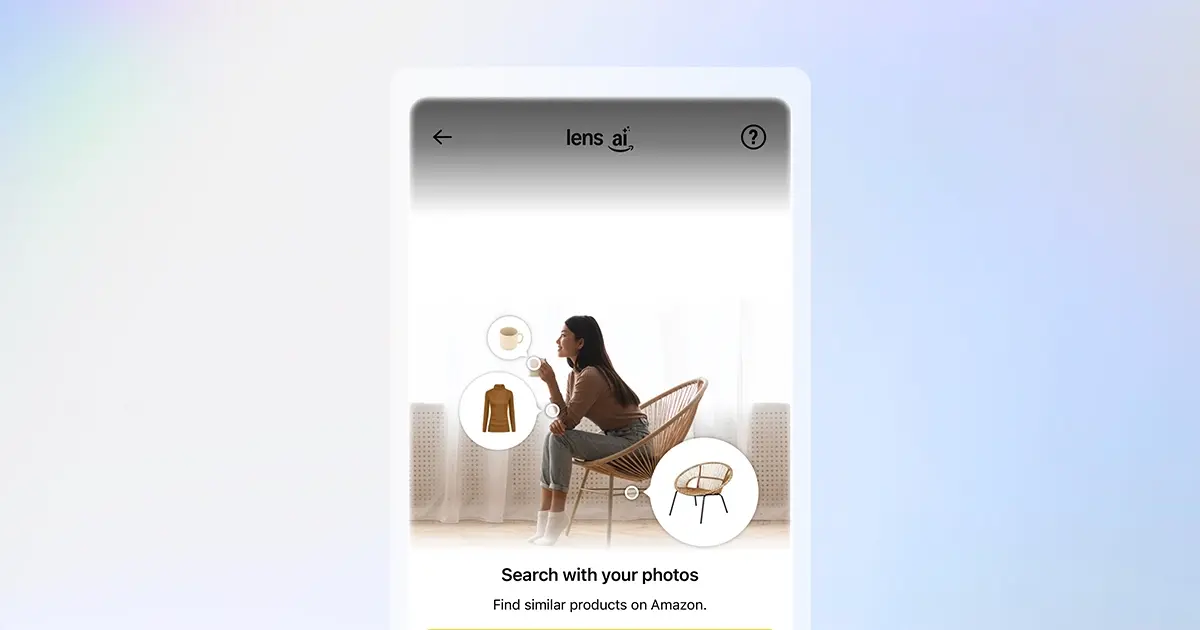
Amazon is doubling down on artificial intelligence in eCommerce with the launch of Lens Live,

For the first time since 2020, U.S. consumers are planning to cut back on holiday

Temu, the rapidly growing eCommerce platform, has announced the launch of its Local Seller Program

Etsy has announced important updates to its new Etsy Payments Policy, effective October 9, 2025,

Amazon has launched its first-ever “Second Chance Deal Days“ sales event in Europe, exclusively featuring

The Update Amazon has strategically resumed its Google Shopping ad campaigns across all international markets—
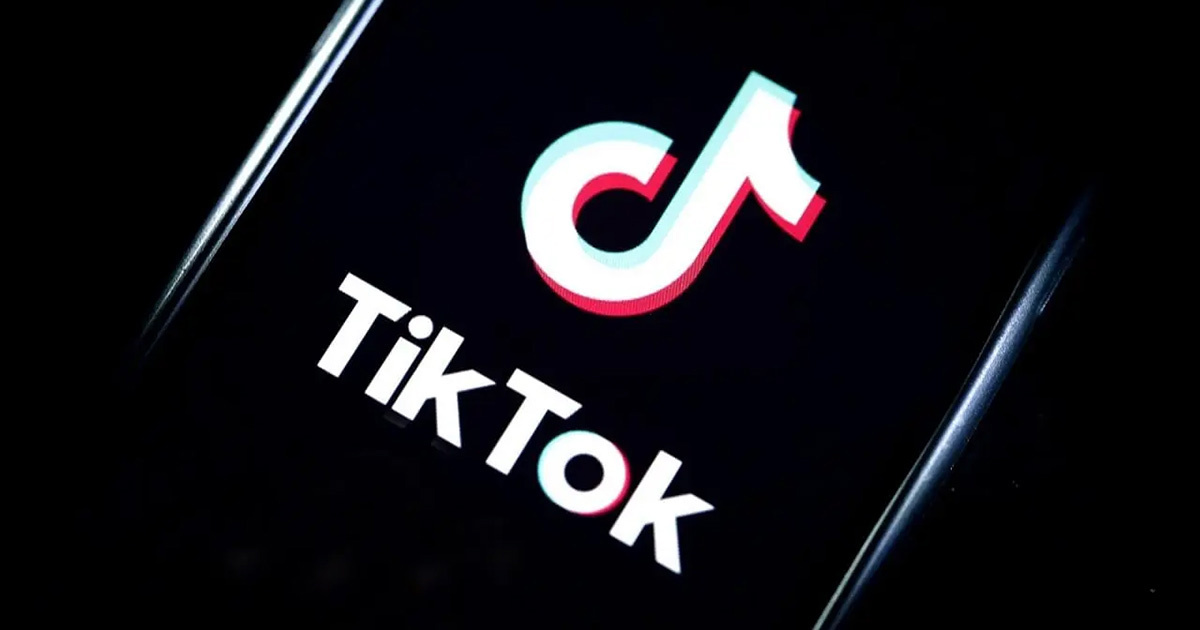
TikTok has updated its account policies, LIVE rules, monetization eligibility, and enforcement measures. The changes
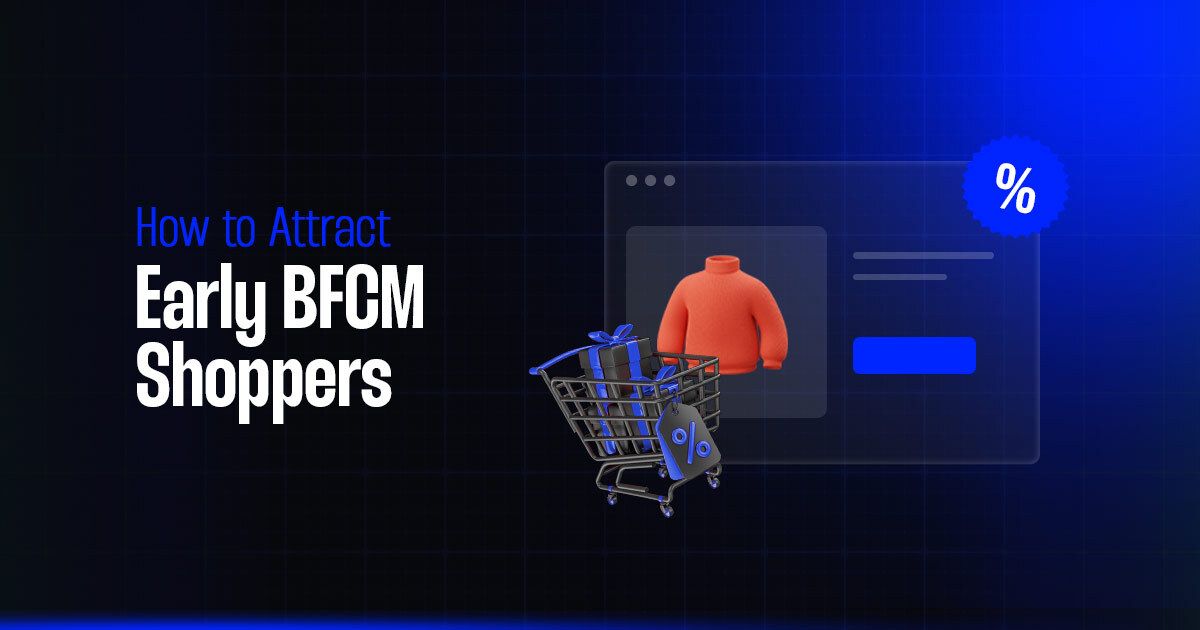
Think Black Friday is when holiday shopping begins? Think again. Your future customers are already
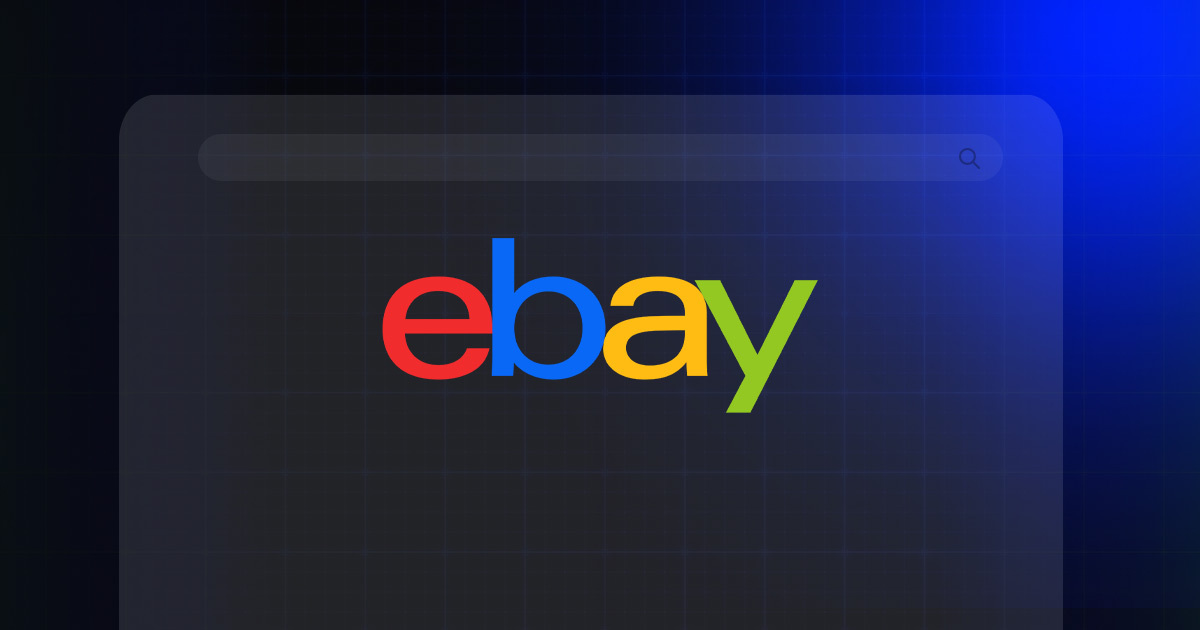
eBay is rolling out eBay Live in the UK, offering sellers a new way to

eBay is giving its auto parts and accessories marketplace a tune-up, announcing the launch of

Walmart is set to revamp its Pro Seller Program at the end of September 2025,

Pinterest is diving headfirst into the burgeoning secondhand market with the launch of “Thrift Shop,”

Why Pinterest Is a Growth Channel for Etsy Sellers Discovery drives eCommerce growth. With 482

In a strategic move to enable smaller businesses with global ambitions, international logistics giant DHL